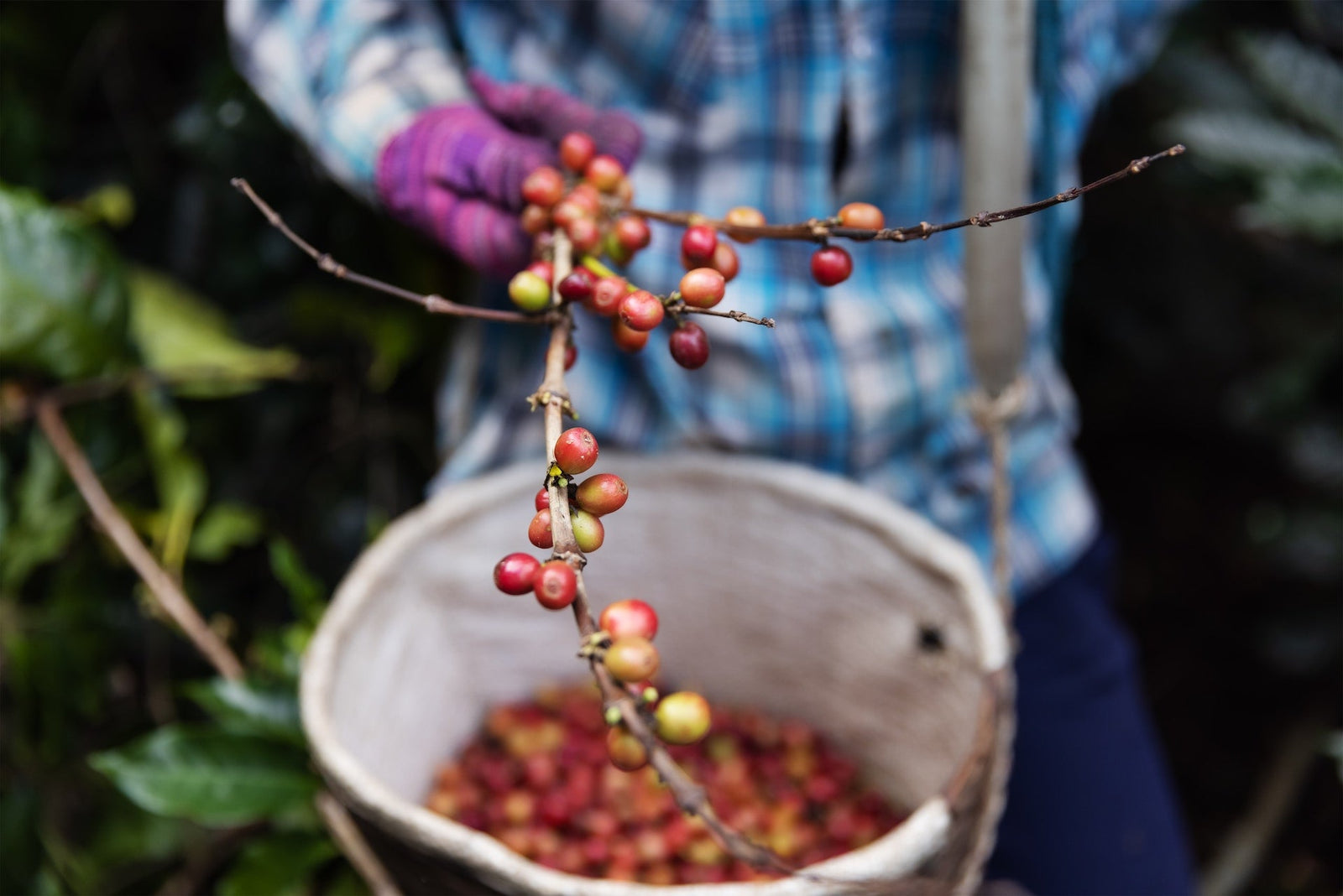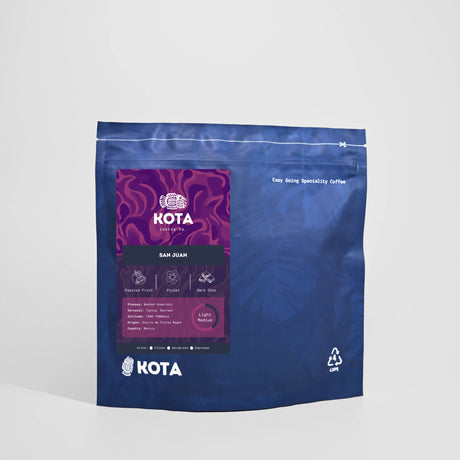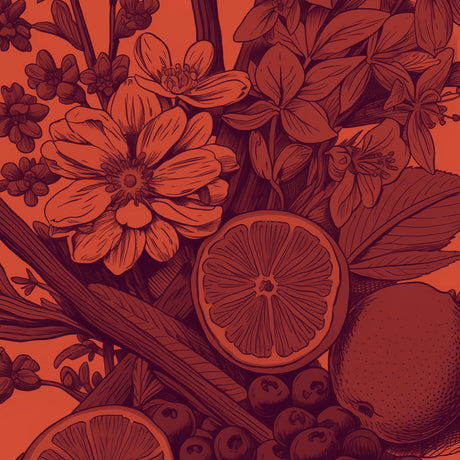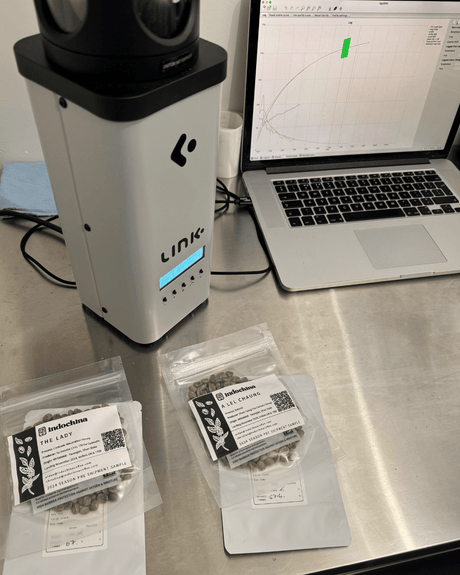Picture this: a sun-kissed coffee farm nestled in the heart of a lush landscape, where coffee cherries hang in clusters, waiting to embark on a transformational journey from bean to brew. This journey is guided by the coffee processing method, a crucial aspect of coffee production that significantly influences the final taste in your cup. In this exploration, we'll demystify the different coffee processing methods, including washed, natural, and honey, and unveil the captivating flavours they bring to your morning ritual.
The Washed Process: Purity and Clarity
Washed coffee, often regarded as the epitome of clarity and vibrancy, begins its journey with a meticulous focus on cleanliness. Here's how it unfolds:- Harvest: Coffee cherries are selectively hand-picked at peak ripeness, ensuring a consistent quality of beans.
- Depulping: The cherries' outer pulp is mechanically removed, leaving behind the inner beans.
- Fermentation: The beans undergo a brief fermentation period, usually 12-48 hours. This step allows the removal of any remaining mucilage, revealing the pristine coffee beans.
- Washing and Drying: The beans are thoroughly washed to eliminate any remnants of pulp or fermentation residue. Afterwards, they are sun-dried or mechanically dried.
The result? A clean, bright, and crisply acidic cup of coffee with vibrant floral and fruity notes. The washed process allows the inherent characteristics of the coffee bean to shine through, creating a sensory delight.
Some of our current Washed coffees are Rogaciano Lopez Jacinto and El Metate
The Natural Process: Embracing Earthy Richness
For those seeking a coffee experience that embraces the earthy richness of the coffee cherry's fruitiness, the natural process is a revelation. Here's how it unfolds:
- Harvest: As with washed coffee, ripe cherries are hand-picked, but here, their integrity remains intact.
- Drying: The cherries, with their pulp, are spread out in the sun to dry. This process can take several weeks, during which time the cherries ferment slightly, infusing the beans with their fruitiness.
- Hulling: Once dried, the cherries are hulled to remove the beans, now rich with fruit flavours.
The result? A coffee bursting with natural sweetness, often characterised by berry-like or fruity notes. Natural-processed coffee offers a velvety, full-bodied cup with a unique and captivating flavour profile.
Some of our current naturally processed coffees are Monte Carmelo and Carlos Martinez
The Honey Process: A Sweet Middle Ground
The honey process, also known as pulped natural, strikes a balance between the washed and natural methods. It's a bit like the Goldilocks of coffee processing. Here's how it works:
- Harvest: Coffee cherries are selectively picked and depulped, similar to the washed process, but some of the mucilage is intentionally left clinging to the beans.
- Drying: The beans, with their partial mucilage coating, are dried in the sun. The mucilage undergoes natural fermentation during this time, imparting sweetness and complexity to the beans.
- Hulling: Once adequately dried, the beans are hulled, removing any remaining mucilage.
The result? A coffee with the sweetness and body reminiscent of a natural process but with a bit more clarity and cleanliness. Honey-processed coffee often presents a harmonious blend of fruity and nutty flavours, making it a favourite among coffee connoisseurs.
Some of our current honey processed coffees are Mayan Dreams and Casa de Piedra
Final Thoughts
From the pristine clarity of the washed process to the fruity allure of the natural method and the balanced sweetness of honey processing, the journey from bean to brew is a captivating one, marked by the choices made at each step. Each coffee processing method is a testament to the art and science of coffee production, offering a unique taste experience that caters to the diverse palates of coffee lovers around the world. So, the next time you savour that perfect cup, take a moment to appreciate the journey that brought it to your mug.


















